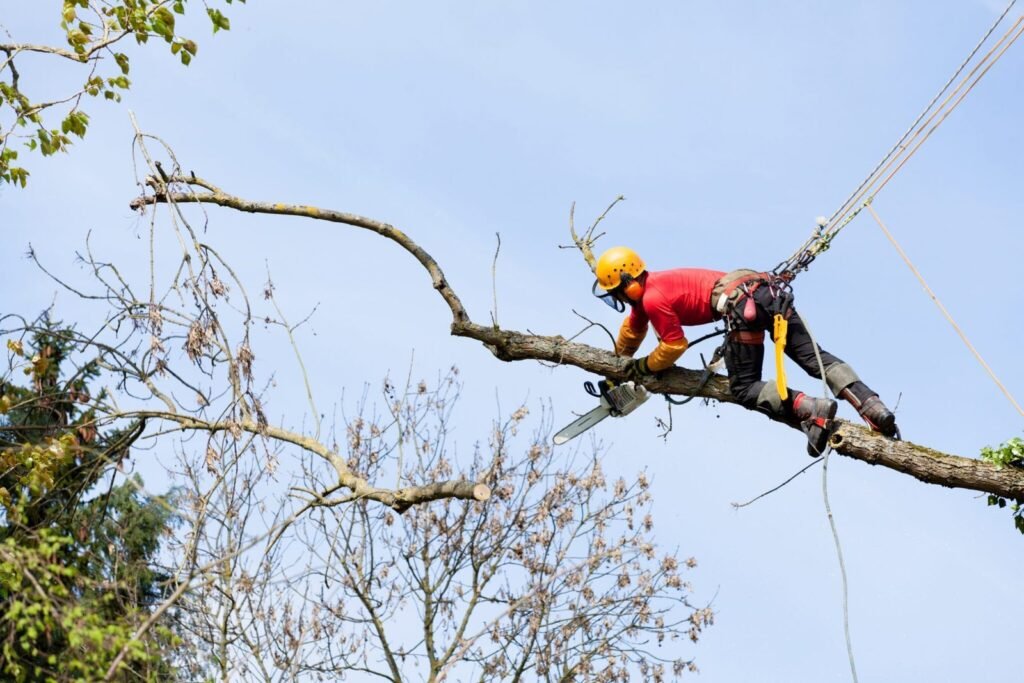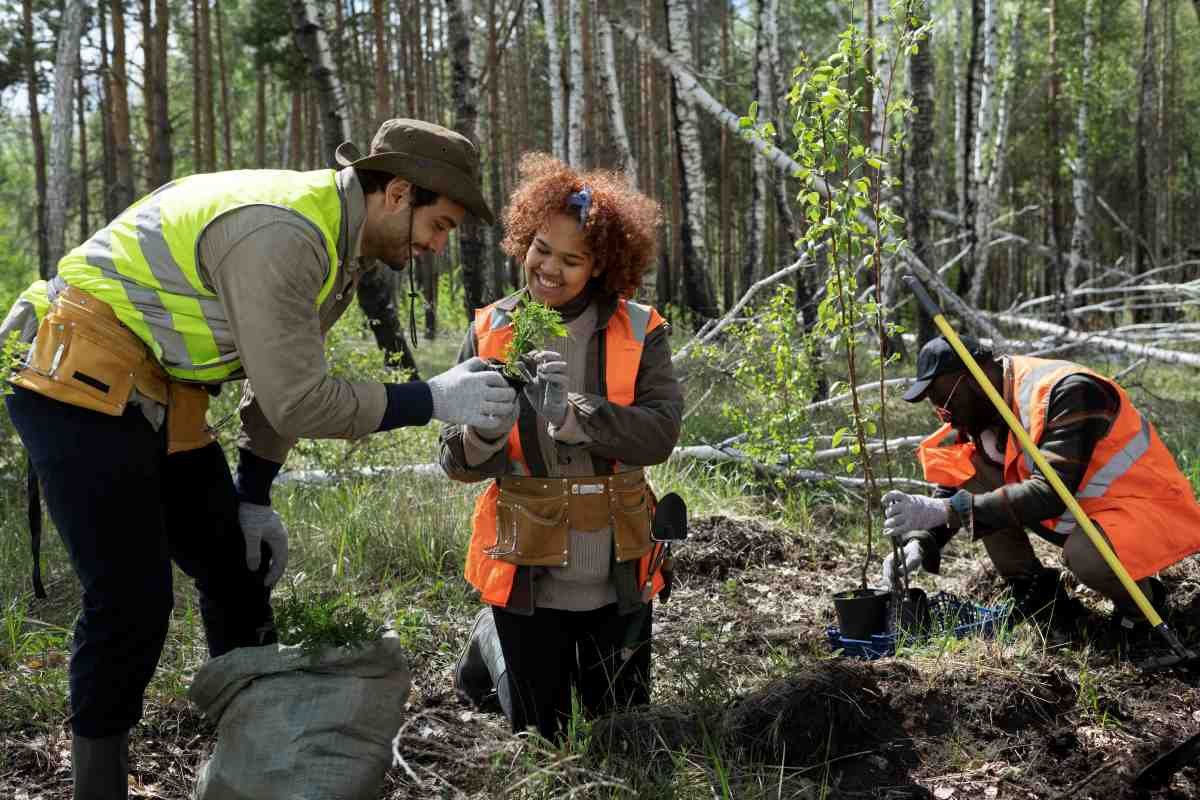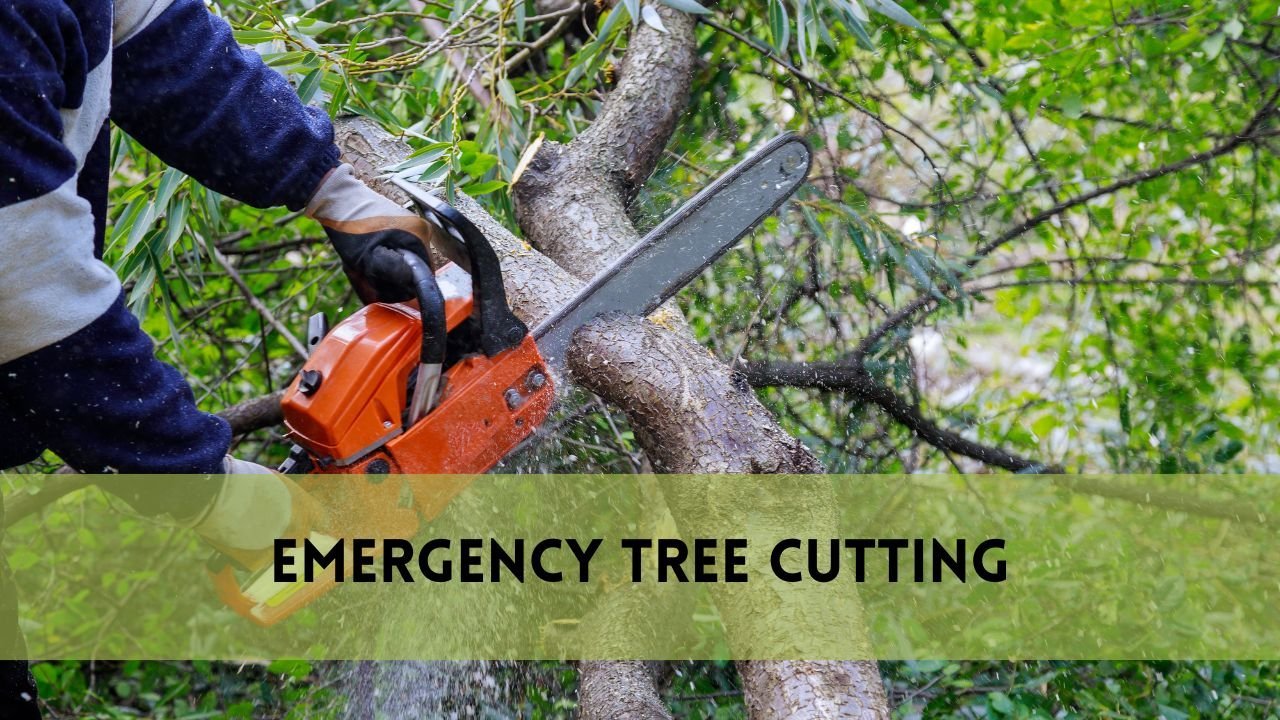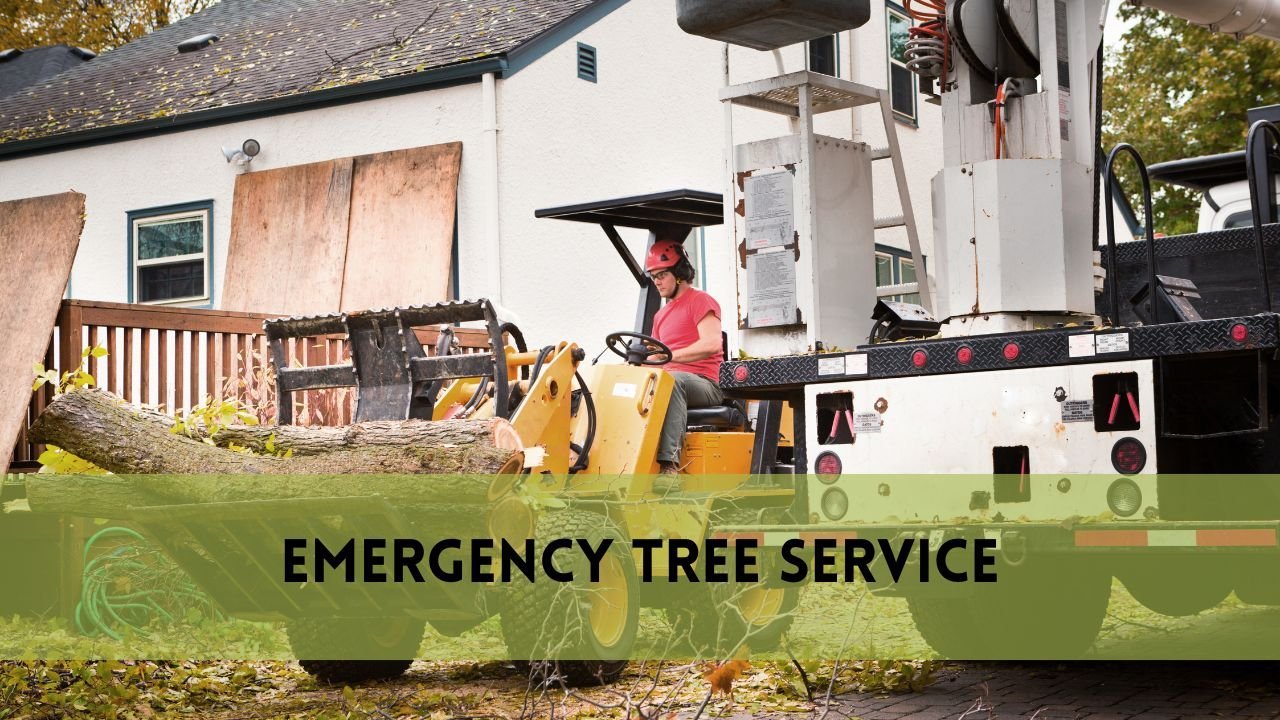Choosing the ideal time to remove a tree is an important issue for landowners and managers. The timing of tree removal can have a considerable impact on the process’s success, the health of the surrounding ecosystem, and the ease with which post-removal landscaping or replanting operations can be undertaken. To make an informed selection, examine the tree’s species, local climate, regulatory requirements, and special tree removal aims. In this tutorial, we will look at the important variables and elements that impact the best time of year to remove trees, so you can make the best decision in your specific situation.
Best Time of Year to Remove Trees
1. Dormant Season (late fall to early spring):
Most tree species regard the dormant season, which normally spans from late fall to early spring, as the optimal period for tree removal. During this time, trees are not actively developing, reducing stress and the possibility of disease transmission.
The absence of leaves during the dormant season improves sight for tree removal and lowers the possibility of foliage interference.
2. Late winter through early spring:
Late winter to early spring is frequently ideal for tree removal during the dormant season, especially in cold-weather countries. During this period, the ground is less likely to be frozen, making it easier to access and remove the tree’s stump and roots.
Late winter to early spring also allows property owners to prepare the site for fresh planting or landscaping initiatives as the growth season approaches.
3. Consider tree species:
Some tree species may require special considerations regarding removal scheduling. Deciduous trees, for example, should be removed during dormancy, although evergreen trees can be removed all year.
Consult an arborist or tree removal professional to establish the best timing dependent on the tree species.
4. Local Climate and Weather Conditions:
The local climate and weather conditions play a significant role in selecting the optimal period for tree removal. To ensure safety and accessibility in areas with extreme temperatures or heavy precipitation, it may be necessary to plan removal during seasons of warmer weather.
Be aware of potential weather-related delays and their effects on the tree removal procedure.
5. Regulatory Considerations:
Check your local regulations and ordinances for any time limits on tree removal in your area. To protect nesting birds or other animals, several areas limit tree removal during certain seasons.
6. Security and accessibility:
Ensure that the tree removal time is safe and accessible for the removal staff and equipment. Wet or muddy soil is one example of a factor that may make accessibility difficult.
7. Consult with professionals:
When in doubt, check with certified arborists or tree removal specialists. They may examine the exact circumstances of your tree removal project and offer the optimal timing based on the tree’s health, local conditions, and legislation.
Impact of Removing Tree’s in Summer
The impact of removing trees in the summer might have both immediate and long-term consequences. One direct result is the strain placed on the tree. Summer is a time of active growth and high transpiration rates, which means that trees actively absorb and lose water.
During this phase, removing a tree might disturb its natural processes and make it more vulnerable to stress-related disorders, such as withering and increased exposure to diseases and pests.
Furthermore, tree removal during the summer might affect local ecosystems. Trees provide vital habitat for birds, insects, and other wildlife by providing shelter, breeding locations, and food. The unexpected loss of these habitats might displace local species, affecting the ecosystem’s balance.
Furthermore, both the aesthetic and utilitarian features of a landscape can be influenced. During the hot summer months, trees typically provide shade and coolness, making outdoor settings more comfortable.
Humans and other species may experience higher heat and discomfort as a result of their removal. Furthermore, because mature trees are frequently important aspects of landscaping, the overall appeal of a property may be affected.
Cost-Effective Time
The most cost-effective period to remove trees is often during their dormant season, which lasts from late fall to early spring. This time period has various advantages, including lower labor costs due to increased visibility and access, faster and safer removal methods, less damage to the surrounding landscape, and a lower risk of environmental consequences for nesting species.
Furthermore, it allows ideal planning time and coordination, thereby saving on logistical expenses. However, to establish the best cost-effective technique for each specific tree removal project, criteria such as tree size, location, and safety issues, as well as compliance with local legislation, must be considered.
FAQS
Is there a universally best time for tree removal?
The best time for tree removal can vary based on factors such as tree species, local climate, and specific project goals. Generally, the dormant season (late fall to early spring) is preferred for many trees.
Are there any tree species that should be destroyed at specific times?
Some tree species have optimal removal times. For example, deciduous trees are frequently best removed during dormancy, although evergreen trees can be removed all year. For species-specific recommendations, consult with specialists.
Can I cut down a tree during the growing season (summer)?
While it is conceivable, removing trees during the growing season might stress the tree and damage surrounding ecosystems. Consider the potential negatives, such as increasing expenses and environmental consequences.
How do local climate and weather effect tree removal timing?
The local climate is quite important. Extreme weather conditions can impede accessibility and safety, necessitating the use of warmer seasons for tree removal.
What are the advantages of removing trees during the dormant season?
Removing trees during dormancy can cut labor costs, improve safety, minimize landscape disruption, and reduce environmental implications. It also enables better planning and collaboration.
Conclusion
The best time to remove trees is often during the dormant season, specifically late winter to early spring, for most tree species. However, it’s essential to consider local climate, tree species, regulations, and safety factors when determining the optimal time for tree removal. Consulting with professionals is a valuable step in ensuring the successful and responsible removal of trees from your property.





